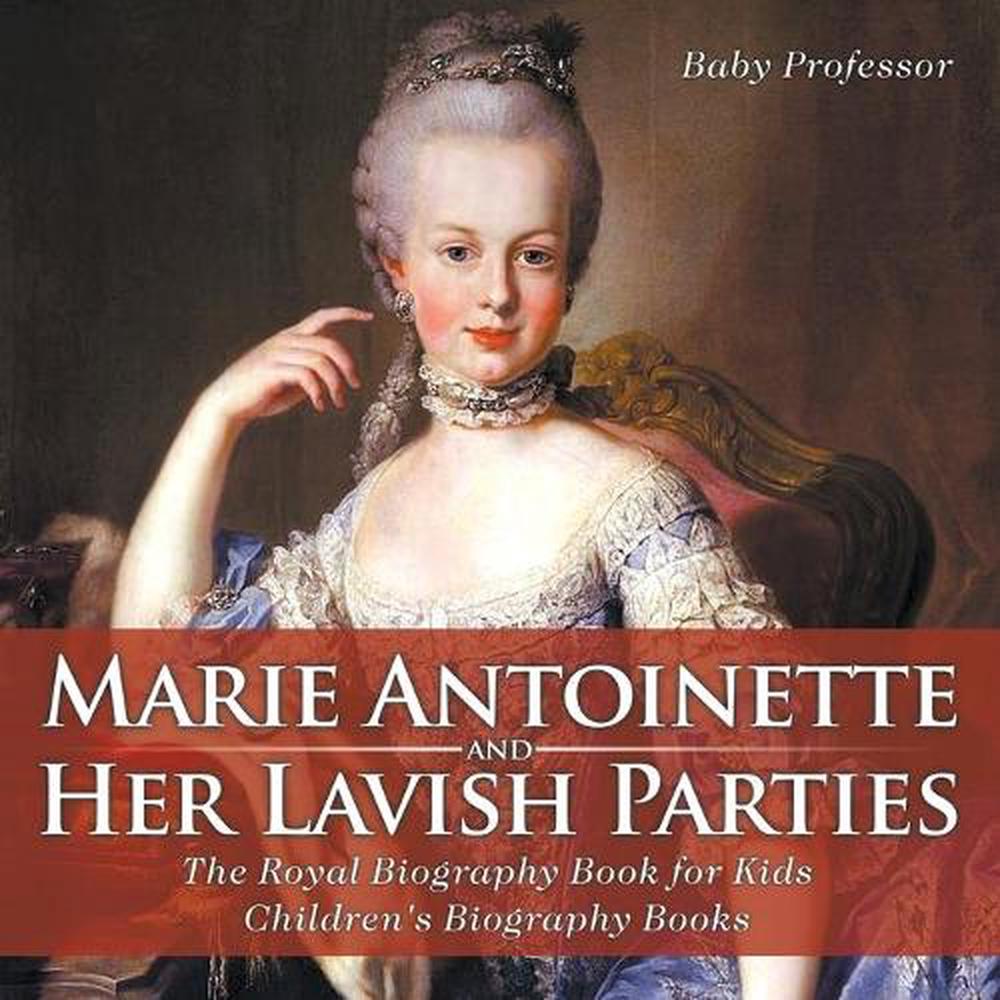

Poor harvests, bitter winters, war debts, and poverty precipitate rebellion and revenge as the royal family and many nobles are caught up in a murderous time known as the Terror.

When her innocent and well-chaperoned pilgrimage to watch the sun rise is viciously misrepresented in satiric pamphlets as a drunken orgy, the people begin to turn against her. She entrusts her soul to her women friends, her music teacher, her hairdresser, the ambassador from Austria, and a certain Swedish count so handsome that admirers label him the Picture.

Eager to be a good wife and strong queen, she shows her new husband nothing but love and encouragement, though he repeatedly fails to consummate their marriage and in doing so, fails to give her the thing she and the people of France desire most: a child and an heir to the throne.ĭeeply disappointed and isolated in her own intimate circle apart from the social life of the court, the queen allows herself to remain ignorant of the country's growing economic and political crises. Coming of age in the most public of arenas, the young queen embraces her new family and the French people, and she is embraced in return. Marie Antoinette was a child of fourteen when her mother, the Empress of Austria, arranged for her to leave her family and her country to become the wife of the fifteen-year-old Dauphin, the future King of France.

As her world of unprecedented royal splendor crumbles, the charming Marie Antoinette matures into a heroine of inspiring stature, one whose nobility arises not from the circumstance of her birth but from her courageous spirit. From the lush gardens of Versailles to the lights and gaiety of Paris, the verdant countryside of France, and finally the stark and terrifying isolation of a prison cell, the young queen's life is joyful, poignant, and harrowing by turns. With this opening line of Naslund's compelling new novel, a very human Marie Antoinette invites readers to live her story as she herself experiences it.


 0 kommentar(er)
0 kommentar(er)
